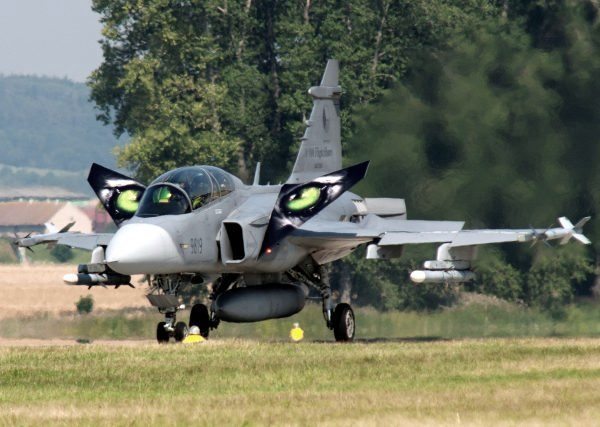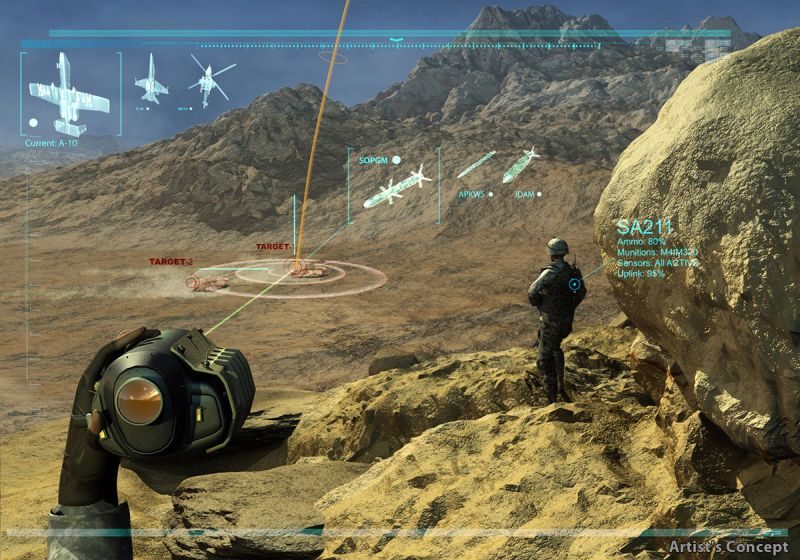The House of Representatives has agreed to buy fighter jets from Swedish aerospace company Saab. The controversial purchase still needs the final nod from the Senate – and the approval of a sceptical public in a likely referendum.
On Wednesday, parliamentarians cleared the necessary proposals: an armaments programme to buy the 22 Gripen planes, a bill providing the financial base for the CHF3.1 billion ($3.3 billion) purchase and the release of the so-called brake on spending – required for any amount above CHF20 million.
The proposal will now return to the Senate, which is expected to clear the purchase later this month. The Senate had already approved the deal in spring, but it had failed to win the majority required to release the funds for the acquisition.
The parliament’s decision brings closer to a conclusion five years of heated discussions. Aircraft purchases for the Swiss Air Force have been disputed in the past. Setbacks, scandals and opposition – mainly because of the costs – have riddled its history.
The purchase of the Gripen aircrafts is no different. The Swiss people are set to have the last word on the hotly debated issue. At least two parliamentary committees – one from the left and one from the centre – have announced they will petition for a referendum, should the purchase be cleared by parliament.
At the end of Wednesday’s discussions, the members of the House of Representatives followed the proposal of Defence Minister Ueli Maurer, who for a last time had praised the qualities of the Swedish jet and justified the expense.
A lot of money
“The Gripen is a first-class airplane of the latest generation,” Maurer said. “It costs a lot of money, but an investment over 30 years is within the army’s budget.”
In the spectators’ gallery, Swedish ambassador Per Thöresson and president of the Council of Europe Jean-Claude Mignon followed the debate.
The centre-left Social Democrats, the Green Party and the centre-right Liberal Green Party had opposed the acquisition. They demanded Switzerland first clarify the army’s future tasks before discussing the purchase of new jets.
“The Social Democrats will reject the proposal because Switzerland does not need any new fighter planes, because the project is not seriously planned and because the Gripen [purchase] is a high-risk project,” said Chantal Galladé.
A paper plane
Opponents also criticised that Switzerland was buying just a plane on paper because the Gripen E model only exists as a design. Another concern was that the purchase was tied to the success of the Swedish economy and Saab’s uncertain future.
Not only pacifist groups and left-wing political parties have been giving Maurer a hard time. A parliamentary committee and lobby groups such as air force pilots have criticised the evaluation procedure or the choice of the Gripen over two other competitors, the Eurofighter and the Rafale.
Advocates of the Gripen purchase, on the other hand, are convinced that Switzerland needs fighter planes to replace antiquated Tiger jets to secure its air space.
“No sovereign state would do without an air force,” said pilot Thomas Hurter from the rightwing Swiss People’s Party.
Maurer, also from the People’s Party, reiterated that the Swiss Air Force was an integral part of the armed forces. “You cannot just remove one part, or you’ll end up with a car with three wheels.”
According to a survey by Isopublic, about two-thirds of Swiss are against the purchase, the polling institute said last week.











